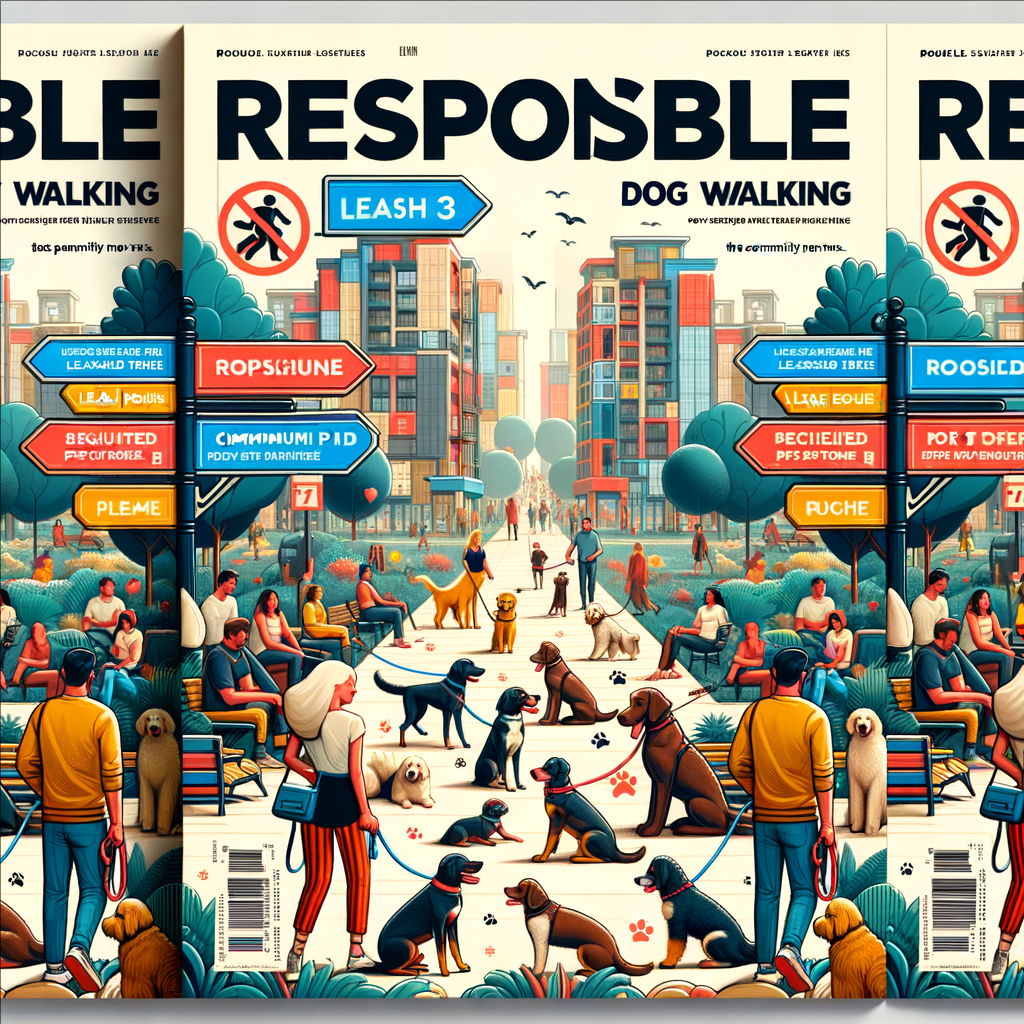Leash Laws and Public Spaces: Navigating the Rules for Dog Walkers
1. Understanding Leash Laws
Leash laws are regulations designed to keep dogs on a leash while in public areas. These rules vary significantly from one location to another, but they all aim to promote safety and minimize conflicts between dogs and people or other animals.
The Purpose of Leash Laws
- Prevent Accidents: The primary goal of leash laws is to prevent incidents such as bites or escapes that can occur when dogs are off-leash.
- Local Variability: Some municipalities enforce stringent leash laws, while others may provide more freedom, particularly in designated dog parks.
To avoid potential fines or conflicts with local authorities, it’s essential to know the specific leash laws in your area. Always check your municipal website or reach out to local animal control if you are unsure about regulations where you live.
2. Importance of Leash Laws
Understanding the significance of leash laws extends beyond mere compliance; these regulations serve multiple purposes that benefit both pet owners and the community.
Key Benefits of Leash Laws
- Safety First: Keeping your dog leashed protects them from traffic hazards, aggressive animals, and other dangerous situations.
- Community Harmony: Adhering to leash laws contributes to a more enjoyable environment for everyone—both dog lovers and those who may not share your passion for pets.
Moreover, responsible pet ownership fosters goodwill within neighborhoods. When residents see well-behaved dogs on leashes enjoying walks without causing disturbances, it enhances community relationships and cultivates a positive atmosphere.
3. Common Regulations You Should Know
While leash laws can differ widely depending on jurisdiction, there are several common regulations concerning leash length and dog behavior that are generally seen across various regions.
General Regulations to Consider
- Leash Length: Many areas mandate that leashes should not exceed six feet unless stated otherwise (as in designated off-leash parks).
- Designated Areas: Some parks may have off-leash sections where dogs can roam freely under supervision, but these typically come with their own set of rules, which may include age restrictions or breed limitations.
Always be vigilant for signage that may indicate special rules when entering new spaces with your furry friend! Staying informed ensures you are prepared before stepping into unfamiliar environments.
4. Tips for Responsible Dog Walking
Adhering to leash laws is just one aspect of being a conscientious dog walker. There are additional practices that enhance both safety and enjoyment during your daily walks.
Best Practices for Dog Walkers
- Use Proper Equipment:
– Invest in sturdy collars or harnesses designed for your dog’s size and behavior.
– Consider using reflective gear for additional visibility during low-light conditions.
- Be Mindful of Your Surroundings:
– Remain alert for children playing nearby or unexpected distractions.
– Be cautious when approaching other pets—some dogs may not react well, even if yours is friendly.
These practices not only ensure compliance with legal requirements but also contribute to a pleasant experience for both you and those around you.
5. Handling Encounters With Other Pets
Despite our best intentions and responsible walking habits, interactions between dogs are sometimes unavoidable—and they don’t always go as planned. Here’s how you can effectively navigate these situations.
Strategies for Successful Dog Encounters
- Stay Calm and Collected:
– If another dog aggressively approaches yours while on-leash, try redirecting your dog’s attention away with treats or toys.
- Communicate Clearly With Other Dog Owners:
– A friendly wave or nod can go a long way; however, don’t hesitate to inquire about the other dog’s temperament if necessary.
Being proactive helps de-escalate potential tensions between pups and keeps everyone feeling safe throughout their outing.
In conclusion, understanding leash laws is essential for creating harmonious public spaces where everyone—including our four-legged friends—can enjoy themselves safely and peacefully! By staying informed about local regulations, practicing responsible behaviors during walks, and knowing how to react in encounters with others, we can foster positive experiences for all parties involved. So next time you take your pup for a walk, remember these guidelines for a safe and enjoyable outing.
Feel free to share your dog-walking experiences or any tips you have in the comments below, and don’t forget to share this blog post with fellow dog owners! Happy walking!
news via inbox
Nulla turp dis cursus. Integer liberos euismod pretium faucibua





